Description
Arte Flamenga do Museu de Arte Sacra do Funchal | Flemish Art | Art Flamand
Museu de Arte Sacra do Funchal. Museus da Madeira
Clode, Luíza (coord. / editor)
Edicarte, Lisboa, 1997
Capa dura com ilustração editorial | Pictorial hardback. 157 páginas | pages. 30 x 22 x 1,9 cms.
Profusamente Ilustrado | Profusely Illustrated | Illustré
ISBN; 9729744211
Livro em estado de novo. Imaculado | Brand new, mint condition book
Idioma | Language: Português | Portuguese
PT
Com toda a abundante riqueza que o comércio frutífero com a Europa continental trouxe à ilha da Madeira, entre a segunda metade do século XV e a primeira do século XVI, conseguiu constituir-se aquilo que é hoje um acervo único de pinturas e esculturas proveninetes de Brugges e Antuérpia (cidades da Flandres, parte integrante do Ducado da Borgonha).
Este livro não é mais do que a descrição metódica e científica das diversas pinturas e esculturas que foram enriquecendo as capelas, igrejas e cenóbios da Madeira nesse mesmo período. É o mais elevado repositório regional (isentamos daqui Lisboa) de pintura e escultura flamenga em Portugal! (para um pouco mais de informação leia o excerpto abaixo).
«As relações comerciais e culturais entre o reino de Portugal e o ducado de Borgonha […] sofreram um extraordinário incremento com o casamento da infanta D. Isabel, filha do rei D. João I, com o duque Filipe, no início do segundo quartel do séc. XV. Por outro lado, com a introdução do cultivo da cana-de-açúcar no arquipélago da Madeira, na sequência do descobrimento e do início do povoamento, aumentou, em grande escala, por toda a Europa, o consumo do “ouro branco”, alterando hábitos alimentares e mesmo algumas práticas medicinais, como também, em contrapartida, se desenvolveu a importação para o arquipélago de bens destinados a satisfazer necessidades devocionais das comunidades que se foram constituindo à sombra dos canaviais e da economia açucareira. Se aos portos de Bruges e de Antuérpia chegava o açúcar da Madeira, levado por mercadores tanto nacionais como estrangeiros, a diversas povoações do arquipélago madeirense foram chegando, com regularidade, ao longo de cerca pouco mais de 70 anos, várias pinturas, esculturas, placas funerárias, tecidos e alfaias litúrgicas. Parece ter sido fator importante no dinamismo deste comércio, tanto do açúcar como das obras de arte, não apenas o gosto pela arte flamenga, ao que parece muito enraizado junto das elites locais, de origem nacional ou estrangeira, como também o papel desempenhado pelos feitores portugueses naquelas cidades do Norte da Europa, que se transformaram, provavelmente, no elo de ligação para a compra de obras flamengas de pintura, escultura e ourivesaria destinadas a comitentes da Ilha […].
As importações de arte flamenga para o arquipélago da Madeira, potenciadas pelas privilegiadas relações comerciais com a Flandres em período de próspera produção açucareira, estendem-se desde os finais do séc. XV até ao último quartel do XVI, já no reinado de Filipe I, com maior incidência entre 1510 e 1530. A pintura retabular, que se destaca pela sua qualidade e inusitada escala, provém de oficinas de Bruges (Gérard David, Jan Provoost, Mestre do Santo Sangue), Lovaina (Dieric Bouts) Bruxelas (Michel de Coxcie), e sobretudo de Antuérpia (Mestre do Tríptico Morrisson, Joos van Cleve, Jan Gossart, Marinus van Reymerswaele, Pieter Coecke van Aelst). Na escultura dominam as peças de oficinas de Malines. É de assinalar também a existência de ourivesaria com punções de Antuérpia e de lâminas tumulares em bronze com figuração. Boa parte deste valioso espólio está reunido no Museu de Arte Sacra do Funchal […].”
Excerto in http://aprenderamadeira.net/arte-flamenga/
ENG
With all the abundant wealth that fruitful trade with continental Europe brought to the island of Madeira, between the second half of the 15th century and the first half of the 16th century, it managed to establish what is today a unique collection of paintings and sculptures from Brugges and Antwerp (cities in Flanders, part of the Duchy of Burgundy).
This book is nothing more than a methodical and scientific description of the various paintings and sculptures that were enriching Madeira’s chapels, churches and monastic houses in the same period. It is the highest regional repository (we exempt Lisbon from here) of Flemish painting and sculpture in Portugal! (for a little more information read the excerpt below):
«The commercial and cultural relations between the kingdom of Portugal and the Duchy of Burgundy […] suffered an extraordinary increase with the marriage of Infanta D. Isabel, daughter of King D. João I, with Duke Filipe, at the beginning of the second quarter of the century. XV. On the other hand, with the introduction of sugar cane cultivation in the Madeira archipelago, following the discovery and the beginning of the settlement, the consumption of “white gold” increased on a large scale throughout Europe, changing eating habits and even some medicinal practices, but also, on the other hand, the import into the archipelago of goods was developed to satisfy the devotional needs of the communities that were formed in the shadow of the cane fields and the sugar economy. If the sugar from Madeira arrived at the ports of Bruges and Antwerp, taken by merchants, both national and foreign, to various villages in the Madeiran archipelago, several paintings, sculptures, plaques arrived regularly over the course of about 70 years. funerals, fabrics and liturgical implements. It seems to have been an important factor in the dynamism of this trade, both in sugar and in works of art, not only the taste for Flemish art, which seems to be very ingrained with the local elites, of national or foreign origin, but also the role played by the overseers Portuguese in those cities in Northern Europe, which probably became the link for the purchase of Flemish works of painting, sculpture and jewelery destined to the island’s constituents […].
Imports of Flemish art into the Madeira archipelago, boosted by the privileged commercial relations with Flanders in a period of prosperous sugar production, have extended since the end of the 19th century. XV until the last quarter of the XVI, already in the reign of Filipe I, with greater incidence between 1510 and 1530. The retable painting, which stands out for its quality and unusual scale, comes from workshops in Bruges (Gérard David, Jan Provoost, Mestre of the Holy Blood), Leuven (Dieric Bouts) Brussels (Michel de Coxcie), and above all Antwerp (Master of the Morrisson Triptych, Joos van Cleve, Jan Gossart, Marinus van Reymerswaele, Pieter Coecke van Aelst). Malines’ workshop pieces dominate sculpture. It is also worth noting the existence of jewelery with Antwerp punches and bronze tomb blades with figuration. Much of this valuable collection is gathered at the Museum of Sacred Art in Funchal […]. ”
NOTE WELL: THIS TEXT IS THE RESULT OF AN AUTOMATIC TRANSLATION. IT HASN’T BEEN REVUED NOR EDITED. THANK YOU FOR UNDERSTANDING.
Excerto in http://aprenderamadeira.net/arte-flamenga/

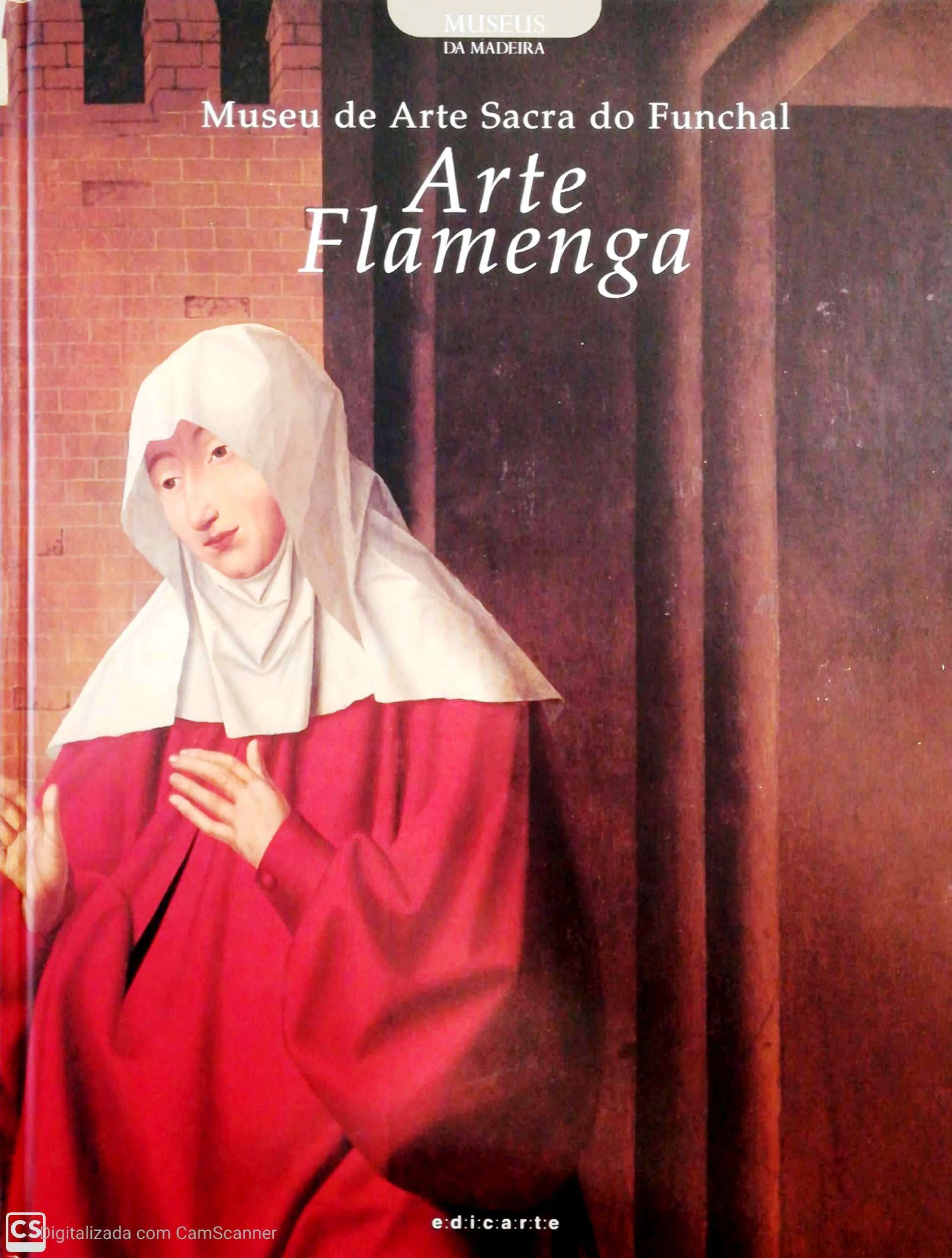
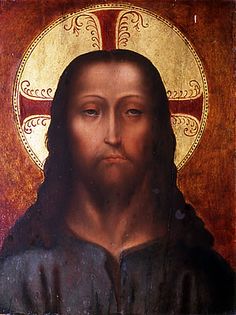





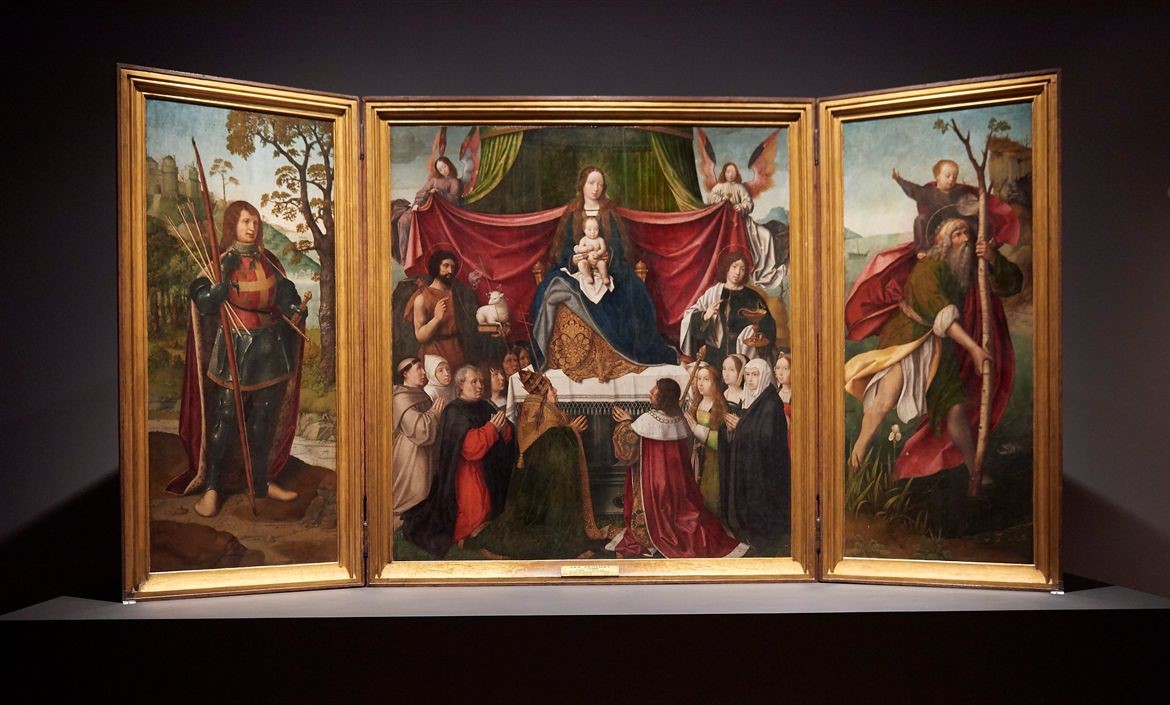


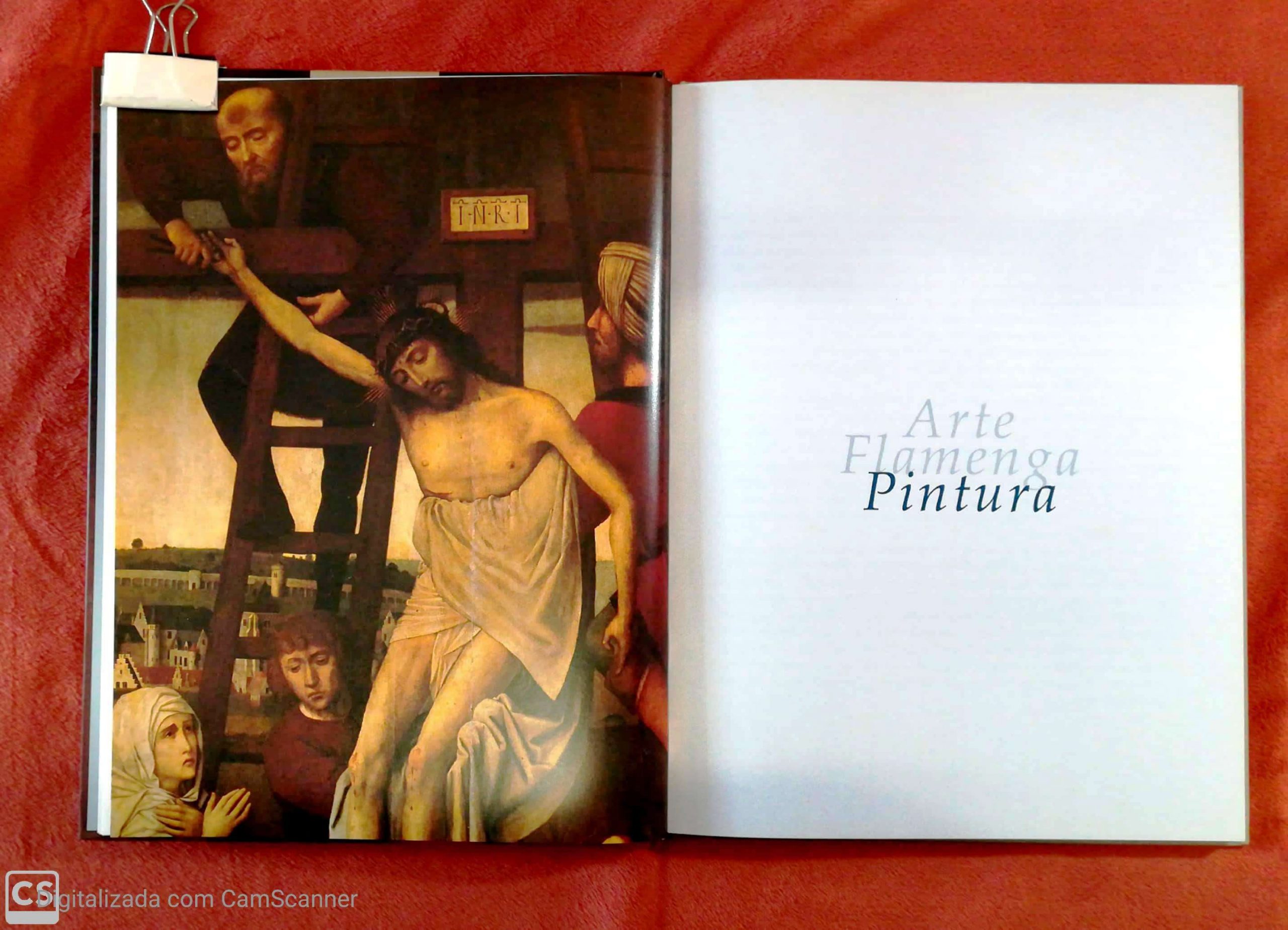




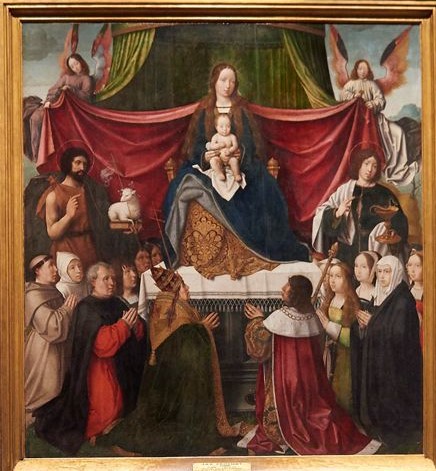

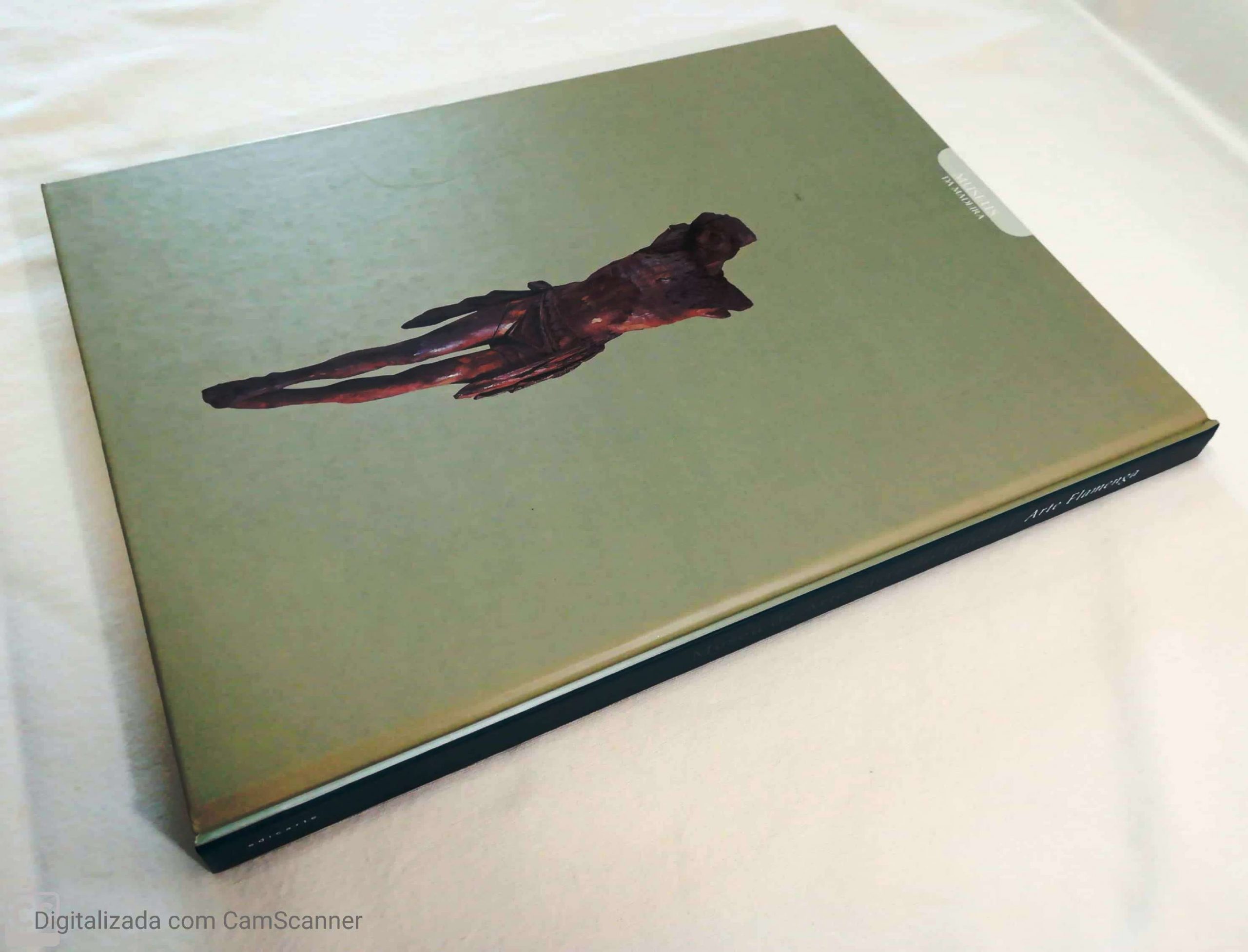



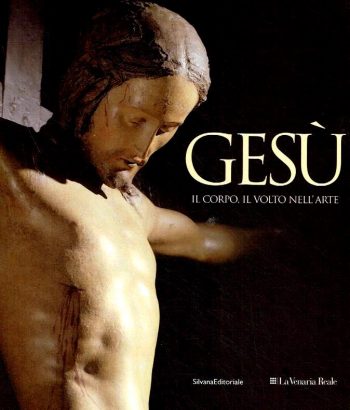
Reviews
There are no reviews yet.